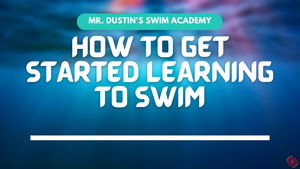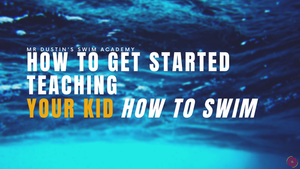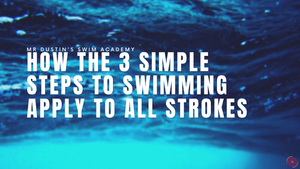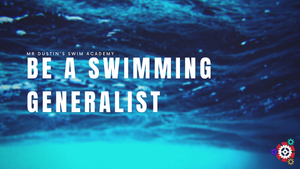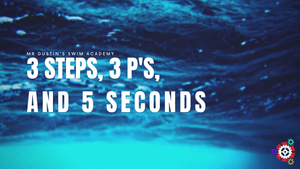Imagine yourself floating out at the beach, leaning up to the blue sky, while lounging in the water.
Instead of turning over and swimming face down, and putting forth all that effort. You decide instead to simply backstroke to where you want to go next!
Why + Philosophy:
I think you can guess where my philosophy is on backcrawl/backstroke based off that intro. It is a more easy going stroke, and used for more recreational purposes. In some cases if a student is having difficulty learning to breathe in frontcrawl, or is too short to stand; Then it is common to teach them to flip on their back, and backstroke until they are ready to go back down.
While it used in some competitive sports, the stroke itself is among the easier things to do in the water. As you have access to the air, and so the lack of panic that you can get from other strokes. It changes your mindset.
How + Physics:
Don't underestimate it however, the stroke CAN be hard to learn. It is almost contrary to what you learn in other strokes. Instead of face DOWN in the water, you are essentially doing the OPPOSITE direction. Still going down, but with your forehead/top of head instead of chin.
You have to arch your back (like a benchpress position almost), and make sure you are floating at the surface. Or at least that you are hydrodynamic, and not sinking.
Then it comes to the strokes. There are two ways of doing it, and I find that every person leans to one or the other 50/50. Thus when I teach it I test them on both, or teach both quickly, and see which one they do better with.
The first is alternating arms like a frontcrawl, but backwards of course. One arm up, one arm down.
The second is "elementary" backstroke, and that is like butterfly in a way. Where both arms are coming up at once.
What + Psychology:
Since you don't have to worry about holding your breath, sort of, then your likelihood of panicking is far less.
It is still there however, and I think some people forget that!
Your goal is to not sink, whether that is from proper floating, or from momentum it is up to you.
Conclusion
While I might have seemed a bit dismissive at first in this week's newsletter. I do think that this stroke is quite important to learn.
What I often do is teach frontcrawl, then depending on the student teach the breaststroke tangentially. When the student has grasped those two well enough, then I will add the backstroke to the roster. All three go in rotation in a way, with frontcrawl being of a higher priority.
This is advice for people to level up their swimming, or perhaps get started in the first place. While you swim you should make sure you are doing so in a public facility with a lifeguard on duty for safety.



